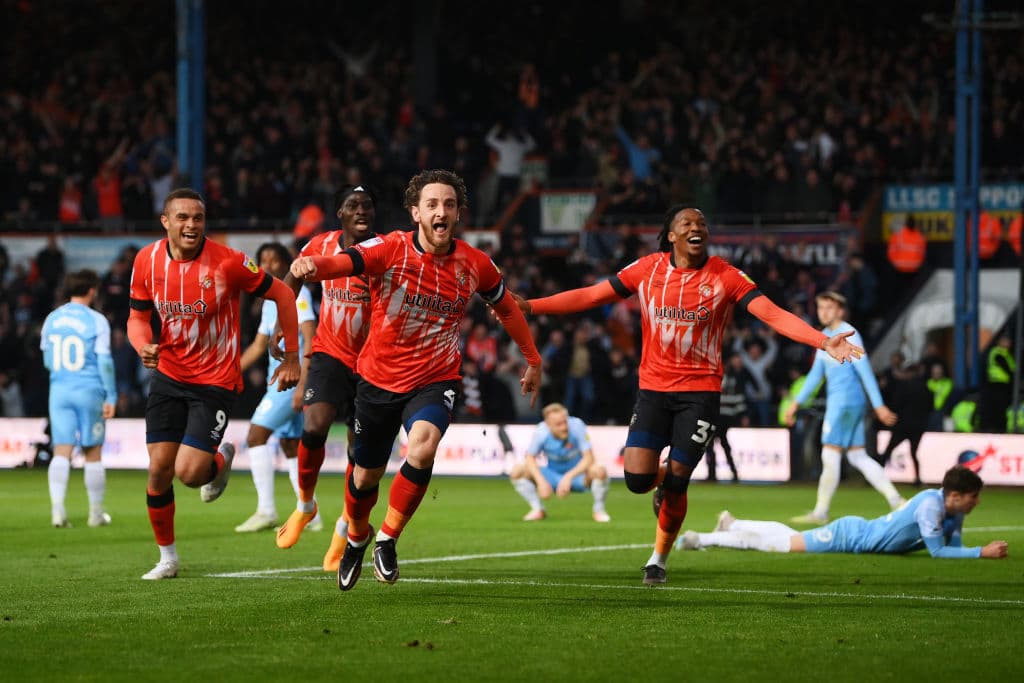Best times to use it?

Many Fantasy Premier League (FPL) managers prefer to use their Wildcard as a firefighting measure, allowing them to freshen up their team if a number of unfortunate injuries and/or suspensions occur.
However, others use it to target fixture swings, which can be identified now that the Premier League has released the fixtures for 2023/24.
For those in the latter camp, here are some potential Wildcard windows to consider that appear more appealing than others.
GAMEWEEK 5

We’ll get a total of four Gameweeks before our first international break in September, which precedes Gameweek 5. This immediately feels like one of the better opportunities to Wildcard.
It will be popular as the two-week window allows more time for planning, whilst it can also be handy if any injuries and illnesses are picked up abroad.
By this point, the summer transfer window will be closed. Another advantage is you can jump on players who are rising in price which boosts team value, at a time when price changes are more volatile.
Between Gameweeks 1 and 4, Newcastle United sit bottom of the Season Ticker. However, between Gameweeks 5 and 10 they are top, so this is a significant fixture swing.
Players like Aleksandar Mitrovic from Fulham might also be worth bringing in on a Wildcard.
Using this strategy, you could select two or three Brighton and Hove Albion players in your Gameweek 1 squad, allowing you to capitalise on their opening fixture run against Luton Town, Wolverhampton Wanderers and West Ham United, before hopping off once the schedule toughens up.
GAMEWEEK 9

Using your Wildcard immediately after the second international break of the season is another appealing option.
At this stage, underlying statistics should start to settle down and key trends emerge, with eight Gameweeks of information to help inform decisions. In turn, this increases the probability of selecting players who can be held for longer periods.
The implications of the transfer window, which closes on September 1, will also have had further time to clear up.
Between Gameweeks 1 and 8, Chelsea sit top of the Season Ticker. However, between Gameweeks 9 and 15 they are bottom, so this is another significant fixture swing.
In addition, Aston Villa, West Ham United and Liverpool have favourable swings around the Gameweek 9 mark.
One downside to this strategy is that you miss out on an earlier window to take advantage of price changes and increase team value.
OTHER OPTIONS

Gameweek 3 is potentially a higher-risk strategy to deploy a Wildcard, given that you’d only have two rounds of fixtures to base your decisions on.
However, it can help increase team value and perhaps allow you to get ahead of the curve.
For example, you could hop on Chelsea and Tottenham Hotspur’s fixture swings at the perfect time, both of whom have new managers in Mauricio Pochettino and Ange Postecoglou respectively.
This approach could help you get off to the best possible start, allowing you to build team value at a time when there is a lot of fluctuation in prices. However, there isn’t much to go off on the pitch, which isn’t ideal.
If the earlier windows come and go without the need to play your Wildcard, there could be merit to saving it until Gameweek 13, which follows the third and final international break of the calendar year, or even later.
Rotation has traditionally stepped up a gear in December, so this approach could allow you to be better prepared to identify the best substitutes who can be ready and waiting to step in when needed.
Finally, a Wildcard in Gameweek 19 – the last possible time to use it – would allow you to offload Man City players for their Gameweek 18 blank and then revisit them immediately, in one fell swoop and without hits, for their Boxing Day return to domestic duty.
OTHER KEY FIXTURE SWINGS TO LOOK OUT FOR
Arsenal enjoy a nice start of Nottingham Forest at the Emirates Stadium, followed by Crystal Palace and Fulham.
They also face Everton and Bournemouth before Gameweek 8, which is when the schedule starts to get a bit tougher, with games against Manchester City, Chelsea and Newcastle United to follow.

Tottenham Hotspur’s fixtures from Gameweeks 3 to 5 and 8 to 13 are very good, while Manchester City’s tougher fixtures are in October/November.
They have Arsenal, Brighton and Man Utd between Gameweeks 8 and 10, followed by Bournemouth, Chelsea, Liverpool, Tottenham Hotspur and Aston Villa.
If there is ever a time for FPL managers to limit themselves to one Man City player (Erling Haaland), this is probably it.















